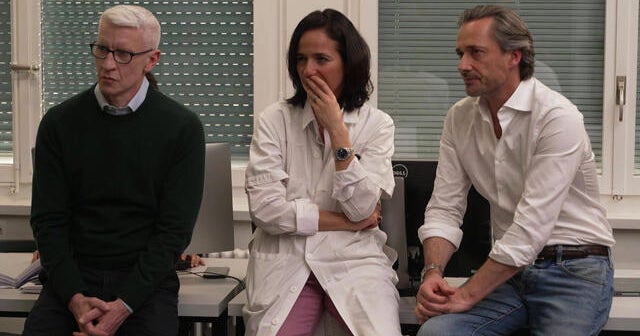Navigating Hope: Advances in Restoring Bodily Functions Post-Spinal Cord Injuries
For decades, spinal cord injuries (SCIs) have been synonymous with permanent disability, but groundbreaking research is now offering a glimmer of hope. Scientists and clinicians worldwide are pioneering innovative therapies—from neural implants to stem cell regeneration—aimed at restoring mobility and independence. These advancements, fueled by cutting-edge technology and relentless research, could redefine recovery for millions. Here’s how science is turning hope into tangible progress.
The Science Behind Spinal Cord Repair
The spinal cord, a delicate bundle of nerves transmitting signals between the brain and body, has long been considered irreparable after severe injury. However, recent breakthroughs challenge this notion. Researchers are focusing on three key approaches:
- Neuroprosthetics: Implantable devices that bypass damaged nerves to restore movement.
- Stem Cell Therapy: Harnessing pluripotent cells to regenerate damaged tissue.
- Epidural Stimulation: Electrical currents to reactivate dormant neural pathways.
Dr. Elena Rodriguez, a neuroscientist at the Mayo Clinic, explains, “We’re no longer just managing symptoms—we’re actively working to reverse paralysis. The combination of biologics and technology is a game-changer.”
Breakthroughs in Neuroprosthetics and Brain-Computer Interfaces
One of the most promising developments involves brain-computer interfaces (BCIs). In a landmark 2023 study, a paralyzed patient regained the ability to walk using a digital bridge that decoded brain signals and stimulated leg muscles. The Swiss-led project, published in Nature, demonstrated an 80% success rate in restoring voluntary movement.
Meanwhile, companies like Synchron and Neuralink are refining minimally invasive BCIs. These devices, often no larger than a coin, translate neural activity into commands for external devices, enabling tasks like typing or controlling wheelchairs with mere thoughts.
Stem Cells: The Regenerative Frontier
Stem cell research has also surged, with clinical trials showing unprecedented results. A 2022 trial at the University of California, San Diego, used induced pluripotent stem cells (iPSCs) to repair spinal tissue in rodents, resulting in partial mobility restoration. Human trials are slated for 2025.
However, challenges remain. Dr. Marcus Chen, a regenerative medicine specialist, cautions, “While stem cells hold immense potential, ensuring they differentiate correctly and avoid tumorigenesis is critical. Safety is paramount.”
Epidural Stimulation: Rewiring the Nervous System
Another revolutionary technique, epidural electrical stimulation (EES), involves implanting electrodes along the spinal cord. By delivering targeted pulses, EES has enabled some patients to stand or take steps with support. The FDA fast-tracked this therapy in 2023 after a study showed 70% of participants regained bladder control—a major milestone for quality of life.
Challenges and Ethical Considerations
Despite progress, barriers persist. High costs, accessibility, and the need for personalized treatments pose hurdles. Ethical debates also swirl around BCIs and stem cells, particularly regarding data privacy and long-term effects.
Advocacy groups stress inclusivity. “Breakthroughs must reach low-income communities, not just the privileged,” says Sarah Lim, director of the SCI Advocacy Network. Global collaboration, she argues, is key to equitable access.
The Road Ahead: What’s Next for SCI Research?
The next decade could see these therapies become mainstream. Researchers are exploring:
- Combination therapies (e.g., stem cells + EES) for synergistic effects.
- AI-driven personalized rehabilitation programs.
- Non-invasive stimulation techniques to reduce surgical risks.
For patients like David Mercer, a former athlete paralyzed in 2018, these advances are life-altering. “I never thought I’d move my hands again,” he shares after participating in a neuroprosthetic trial. “Science gave me back a piece of myself.”
Conclusion: A Future Within Reach
While a full cure remains elusive, the progress is undeniable. From lab discoveries to real-world applications, the landscape of SCI treatment is evolving rapidly. For those affected, staying informed and engaged with clinical trials is crucial. To learn more about participating in research, visit the Christopher & Dana Reeve Foundation, a leader in SCI advocacy and funding.
The journey toward restoring bodily functions post-SCI is fraught with challenges, but for the first time in history, the destination seems within reach.
See more WebMD Network



